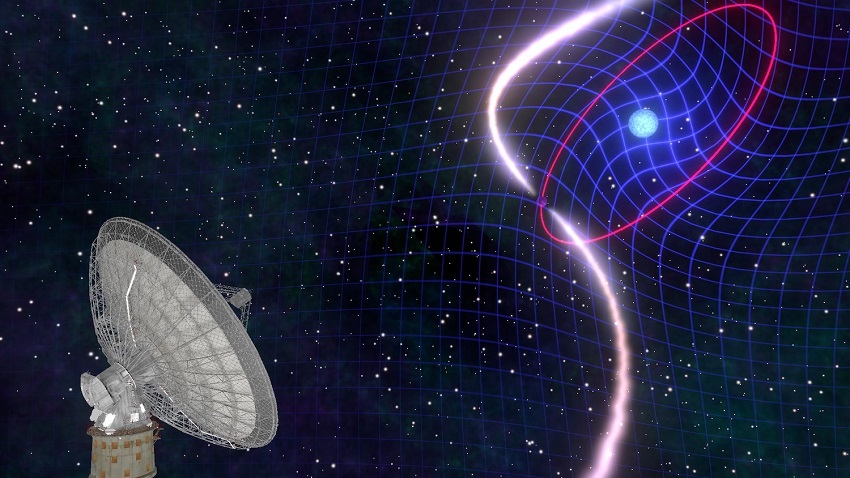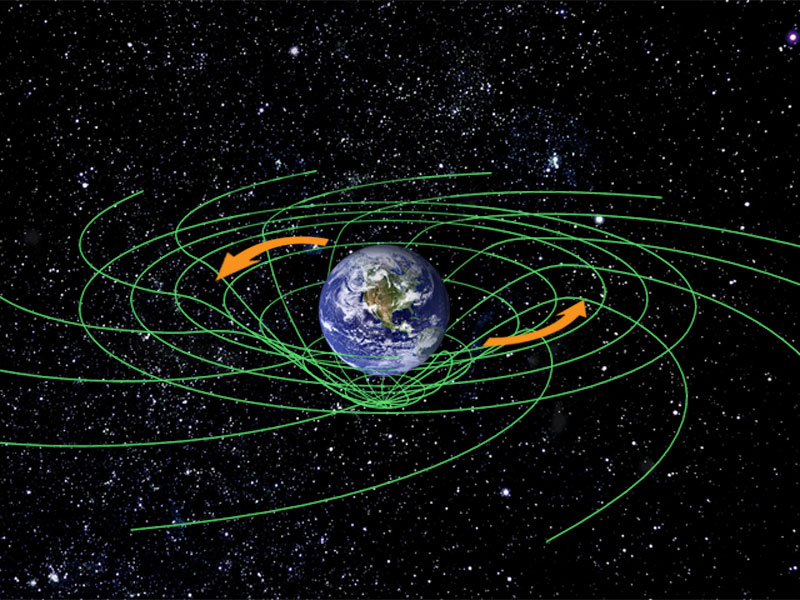One of the predictions of Einstein's general theory of relativity is that any spinning body drags the very fabric of space-time in its vicinity around with it. This is known as "frame-dragging".
In everyday life, frame-dragging is both undetectable and inconsequential, as the effect is so ridiculously tiny. Detecting the frame-dragging caused by the entire Earth's spin requires satellites such as the US$750 million Gravity Probe B, and the detection of angular changes in gyroscopes equivalent to just one degree every 100,000 years or so.

Astronomers Have Caught a Star Literally Dragging Space-Time Around With It
One of the predictions of Einstein's general theory of relativity is that any spinning body drags the very fabric of space-time in its vicinity around with it.
Scientists studying tiny changes in a pulsar’s signal have proven that massive rotating objects drag surrounding spacetime around with them as they spin.
The process, called frame dragging, was predicted more than a century ago by Austrian mathematicians Josef Lense and Hans Thirring, as a consequence of Einstein’s Theory of General Relativity.

Catching frame dragging in action
A 20-year commitment verifies Einstein’s prediction of general relativity.

